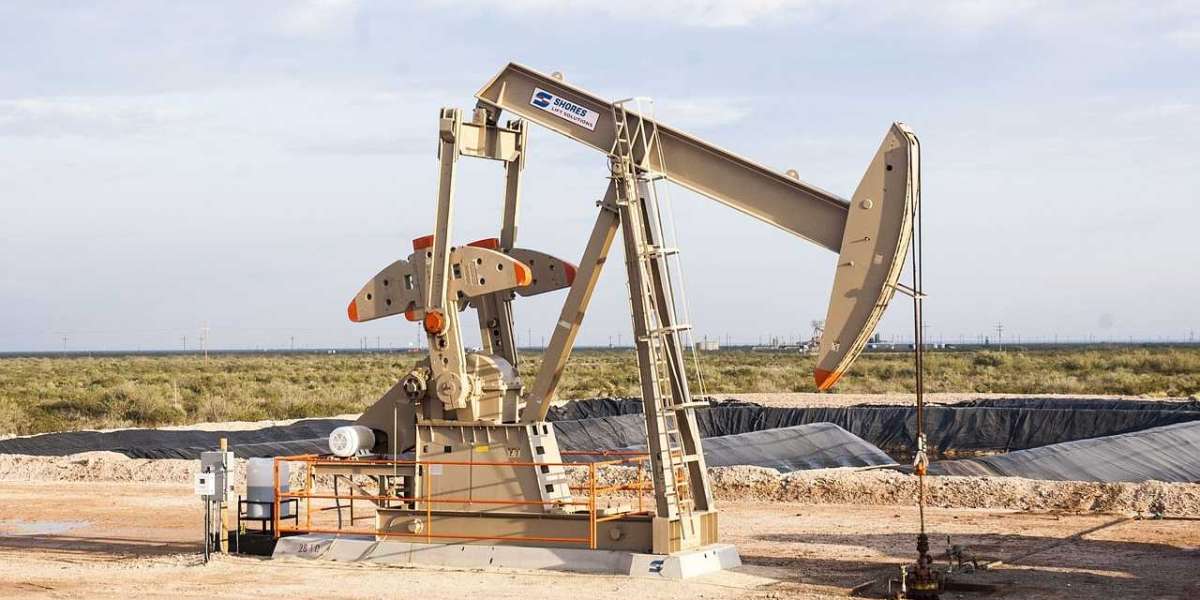In the realm of oil and gas exploration, the drill pipe stands as a fundamental component, serving as the conduit through which drilling operations are conducted. Its significance lies not only in its structural integrity but also in its ability to withstand extreme conditions encountered during drilling processes. This article aims to delve into the intricacies of drill pipe, its construction, functions, and importance in the exploration and extraction of oil and gas resources.
What is Drill Pipe?
Drill pipe is a hollow, cylindrical steel pipe employed to transmit drilling fluid and torque from the drilling rig to the drill bit. Its design enables it to endure substantial axial and torsional stresses, making it essential for deep drilling operations in the oil and gas industry. Typically, drill pipes are manufactured in standard lengths and diameters, with threaded connections at each end to facilitate assembly and disassembly during drilling operations.
Construction of Drill Pipe:
Drill pipes are typically constructed from high-strength alloy steel, chosen for its durability and ability to withstand the harsh conditions encountered in drilling environments. The manufacturing process involves precision engineering to ensure uniformity in dimensions and mechanical properties throughout the length of the pipe. Additionally, stringent quality control measures are implemented to detect any defects or irregularities that could compromise the integrity of the drill pipe.
Key Components of Drill Pipe:
- Pipe Body: The main body of the drill pipe, usually composed of seamless or welded steel tubing, provides the structural integrity necessary to withstand the forces exerted during drilling.
- Tool Joints: These are threaded connections located at each end of the drill pipe, which allow for the assembly of multiple sections of pipe into a drill string. Tool joints are reinforced to enhance durability and prevent thread damage during handling and operation.
- Upset Ends: The ends of the drill pipe are often forged or thickened to increase strength and resistance to bending stresses encountered during drilling.
- Internal Coating: Some drill pipes feature internal coatings, such as phosphate or copper plating, to mitigate corrosion and extend the service life of the pipe in corrosive drilling environments.
Functions of Drill Pipe:
- Conduit for Drilling Fluid: Drill pipes serve as conduits for drilling fluid (commonly known as drilling mud), which is pumped down the drill string to cool and lubricate the drill bit, carry rock cuttings to the surface, and maintain pressure in the wellbore.
- Transmission of Torque: Drill pipes transmit rotational torque from the drilling rig to the drill bit, allowing for the penetration of rock formations during the drilling process.
- Support for Downhole Tools: Drill pipes provide support for various downhole tools and equipment, such as stabilizers, motors, and measurement-while-drilling (MWD) instruments, enabling efficient drilling operations and data acquisition.
Importance of Drill Pipe in Oil and Gas Exploration:
The role of drill pipe in oil and gas exploration cannot be overstated. It serves as the backbone of drilling operations, enabling the extraction of hydrocarbon resources from deep beneath the earth's surface. Without reliable and durable drill pipes, drilling operations would be inefficient, costly, and potentially hazardous. Moreover, advancements in drill pipe technology, such as the development of high-strength alloys and improved coating materials, have contributed to enhanced drilling performance, increased safety, and greater operational efficiency in the oil and gas industry.
Conclusion:
In conclusion, drill pipe plays a crucial role in the exploration and extraction of oil and gas resources, serving as the conduit through which drilling operations are conducted. Its robust construction, coupled with advanced engineering and manufacturing techniques, ensures reliability, durability, and efficiency in drilling processes. As the demand for hydrocarbon resources continues to grow, the importance of drill pipe in enabling safe and efficient drilling operations remains paramount in the oil and gas industry.



